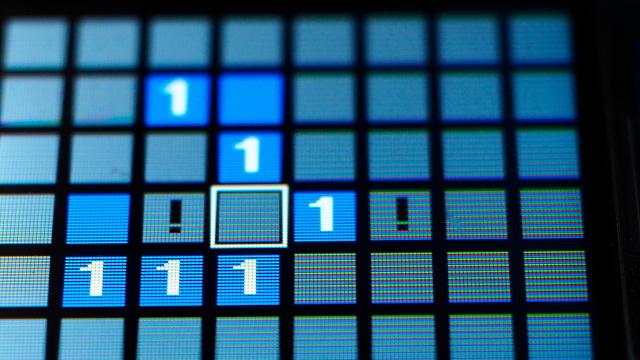[EN] Arduino: ESP32-S2’s DAC&ADC.
After testing the DAC and ADC of both the ESP32, SAM-D21, LGT8F328P and STM32L432KC, This time, it’s the time of the ESP32-S2 that we have. The test performance is still the same as before using the DAC. Three types of waves are sent out: zigzag, triangular, and sine waves and connect to the ADC pin to read the value and test the graph to see what it looks like.
In this experiment, DAC1 is connected to the ADC as shown in Figure 1. The ESP32-S2 has 2 ports of 8-bit DAC called DAC1 and DAC2. The ADC has a 12-bit resolution, which is seen to have the same properties as the ESP32, but whether the results are the same or not, you can tell that they are probably different because they use different microcontrollers. The ESP32-S2 uses the same one as the ESP32-S3 with only one core and no BLE.
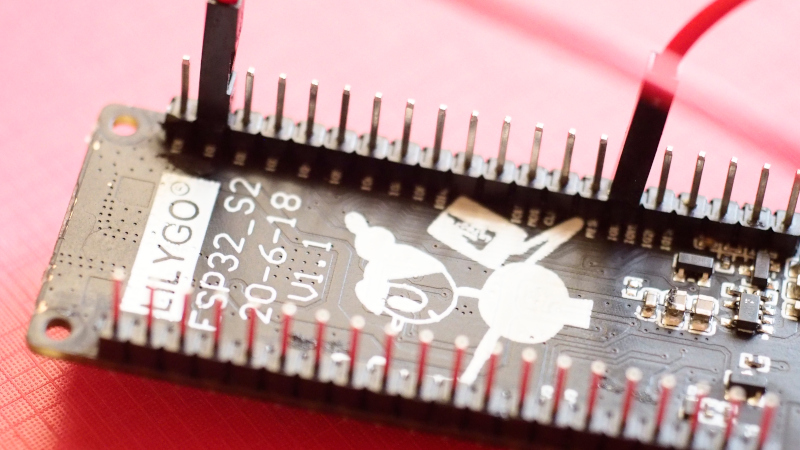
[EN] Try the SoftHost USB library for ESP32.
This article is an example of using nathalis‘s ESP32 Soft Host to try and test it on an OLED display with a resolution of 128×64 dots as shown in Figure 1 to receive data from a keyboard or mouse, it uses only a few GPIO pins but receives data from a keyboard with a large number of keys. Normally, the ESP32 microcontroller does not support a direct USB connection, so it requires programming by using a timer to check the status of the pins D- and D+ to be assembled into data at the byte level and assembled into packs of data for further interpretation.
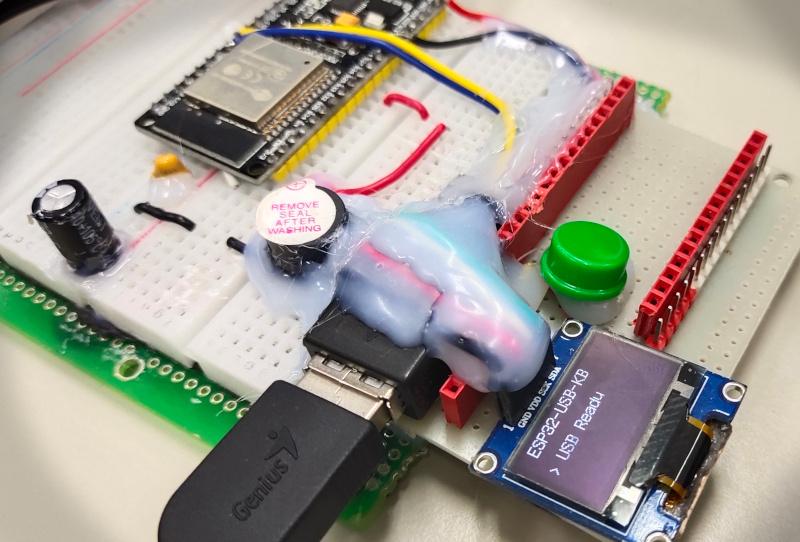
[EN] Arduino: STM32L432 Nucleo-32’s DAC&ADC.
From reading the article Using STM32 Core Support for Arduino for Board Nucleo L432KC by Ajarn Rewat Siriphokapirom, we have provided the board to test and connect the pin for sending data output DAC to ADC as shown in Figure 1 to test the operation of the DAC and ADC of the board by using the working code like the ESP32 microcontroller board, SAM-D21 and LGT8F328P. Let’s get started.
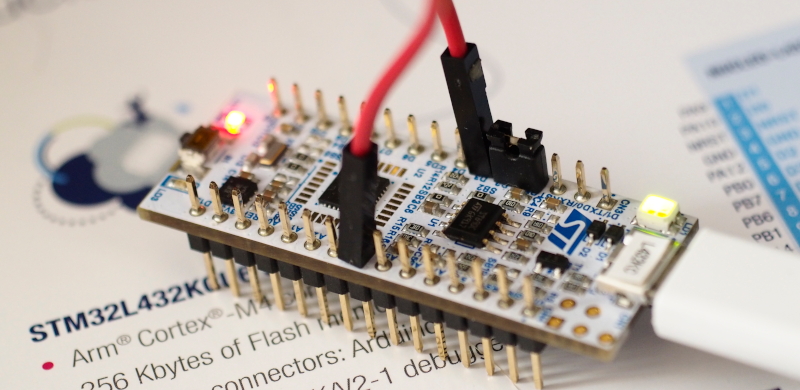
[EN] Blender : Low Poly Man
This article is a record of the process of forming a low polygon with Blender, a free distribution software, and revealing the code. It is currently version 2.93.6 LTS, starting from the box and cutting off the left side. After that, use a Mirror Modifier to make the left and right sides the same. Making adjustments to only the right side, causing the left side to affect as well. After that, arrange the shape as shown in Figure 1.

[EN] Arduino: The LGT8F328P’s ADC/DAC.
This article is a continuation of the previous article introducing the LGT8F328P board and its use of ADC and DAC. By focusing on the use for the chip LGT8F328P, which is different from the SAM-D21 in that it uses pin D4 as a pin that serves as DAC0 and the DAC circuit has a resolution of 8-bit. The output can be from 0 to 255. The ADC sector uses pins A0, A1, … normally and has a resolution of 12 bits. Therefore, in this article, the connection pins from A0 to D4 are used in the experiment as shown in Figure 1.
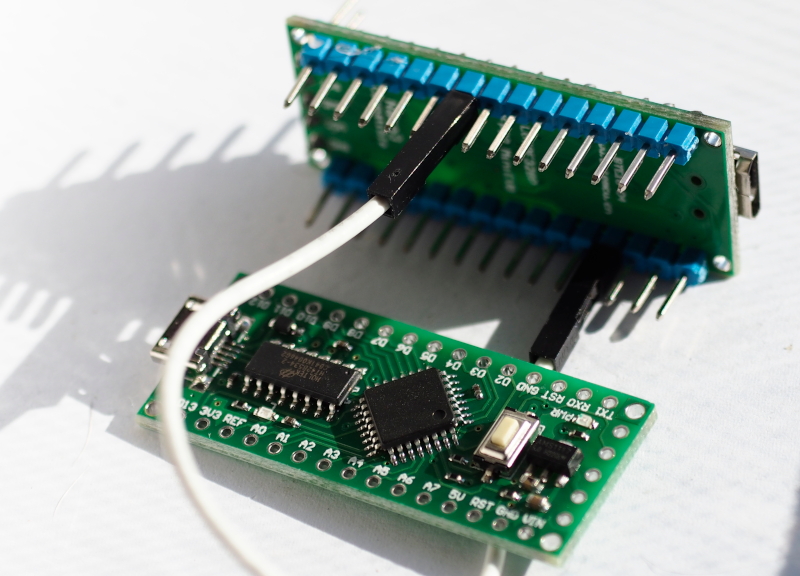
[EN] Arduino ADC/DAC
This article introduces the ESP32 and SAM-D21 microcontroller board to learn how to use ADC (Analog to Digital Converter) and DAC (Digital to Analog Converter) instruction by connecting the DAC pin to ADC as shown in Figures 1 (Connect A0 to A1 of Board SAM-D21 ) and 2 (Connect Pin GPIO26 to GPIO36 of ESP32) to send data to DAC and have ADC read it back. Then send the results out to the serial port for display with the Serial Plotter, which is an example program to send 3 types of data, which is a zigzag graph, triangular graph and waveform graph from the sinusoidal function
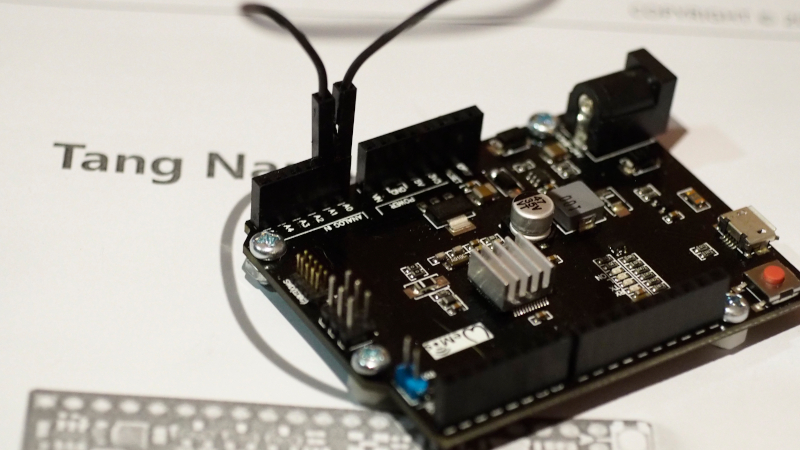
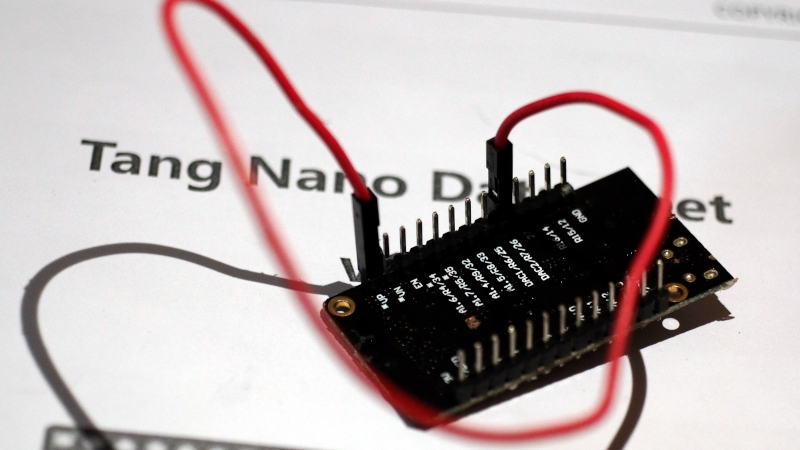
[EN] Cortex-M0+: SAMD21
This article introduces a microcontroller board based on Microchip’s ATSAMD21G18 chip based on 32-bit ARM architecture, Cortex-M0+ family in the form of a board based on the Arduino Uno family as shown in Figure 1.
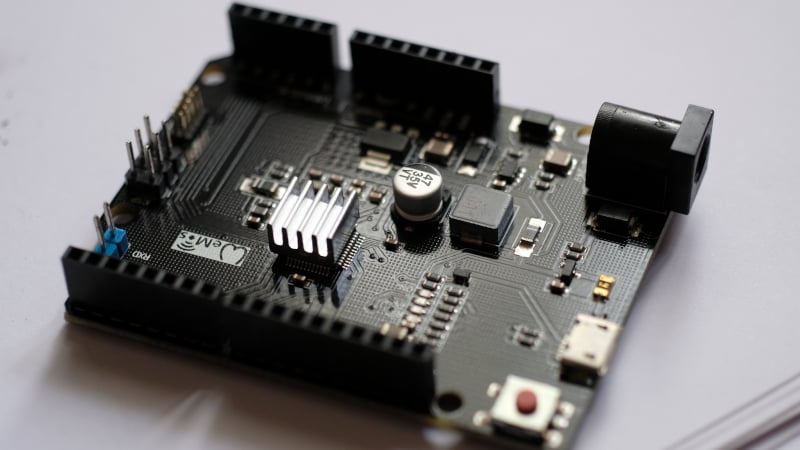
[EN]How to render the Thai string correctly?
From the article on how to use u8g2 that can render Thai string through the drawUTF8() function of the u8g2 library, the rendering is not correct as shown in Figure 1, therefore, the code of libraries needs additionally adjusted to render correctly as in Figure 2.

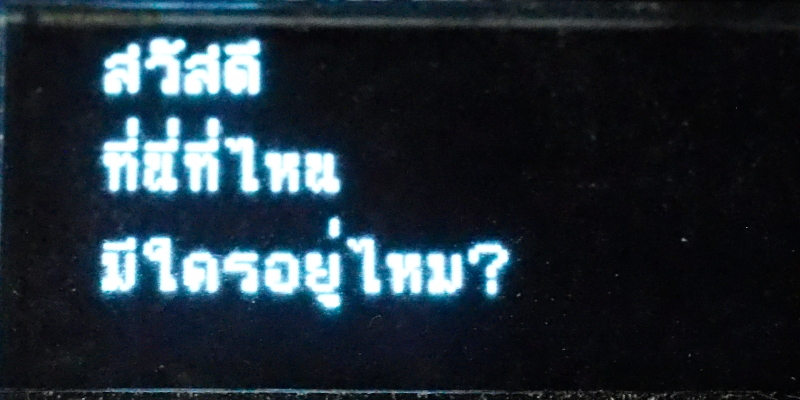
[EN] Simple MineSweeper
This article is an experiment to create a Simple MineSweeper as shown in Figure 1, using an ESP32 microcontroller board with a 1.8″ REDTAB st7735 display. The display resolution is 128×160, the same hardware as Simple Tetris [Part 1, Part 2 and part 3] mentioned earlier, still using MicroPython as the main. The explanation starts step by step from screen generation, randomization, counting, motion control, scrolling the options frame turn off visibility, establishing a relationship between identifying where the bomb is likely to be, picking open and counting points at the end of the game.
Simple MineSweeper is one of the first games we’ve been imitating to study ideas and develop programming techniques since the DOS era and the GUI-based Windows operating system DOS, which was written and worked on the DOS operating system at the time, change the mode to graphics mode to contact with mouse and draw pixels by yourself (It’s the same thing as writing on the ESP32 microcontroller board, but it doesn’t have an operating system to use) So let’s get started.
